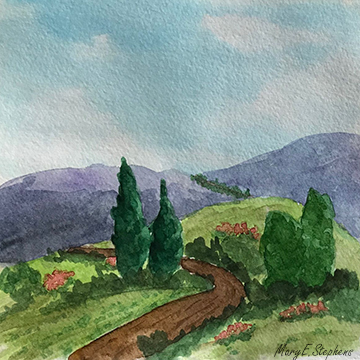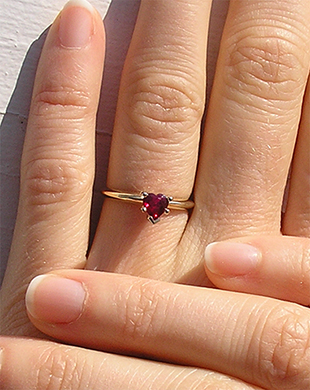The Road to Emmaus
by Mary E. Stephens
April 2017
The account of the two disciples on the road to Emmaus and their meeting with Jesus is one of my favorite parts of the events surrounding His resurrection. It has drama, mystery, humor, and pathos. It is beautiful. Let's take a closer look.
Luke 24:13 And, behold, two of them went that same day to a village called Emmaus, which was from Jerusalem about threescore furlongs.
On the first day of the week, the day that Jesus rose from the dead, two of His disciples headed to their home at Emmaus in the afternoon. Sixty furlongs is about 10-12 kilometers or 7 miles, depending on how you measure it. So, it was a bit of a walk. At a moderate pace it would take them close to two hours, longer if they went slower.
Many of the paintings and illustrations of this story have shown two men walking with Jesus or sitting at the table eating with Him. If a woman is present, it's usually in the eating scene and she is usually a background figure serving the food or merely an onlooker. But is that really how it was?
We know that one of these disciples is Cleopas because he is named in verse 18. The other person is not named, but we do know some things that point to the possibility that it was his wife.
First of all, we read in John 19:25, Now there stood by the cross of Jesus his mother, and his mother's sister, Mary the wife of Cleophas, and Mary Magdalene. The spelling is only slightly different, but John mentions Mary and her husband as if they should be known disciples. Assuming that it is the same Cleopas that we read about in Luke, it is very likely that he and his wife, Mary, were returning from observing the Passover in Jerusalem (something that faithful Jews would have done), and that at least Mary had been present at the crucifixion.











